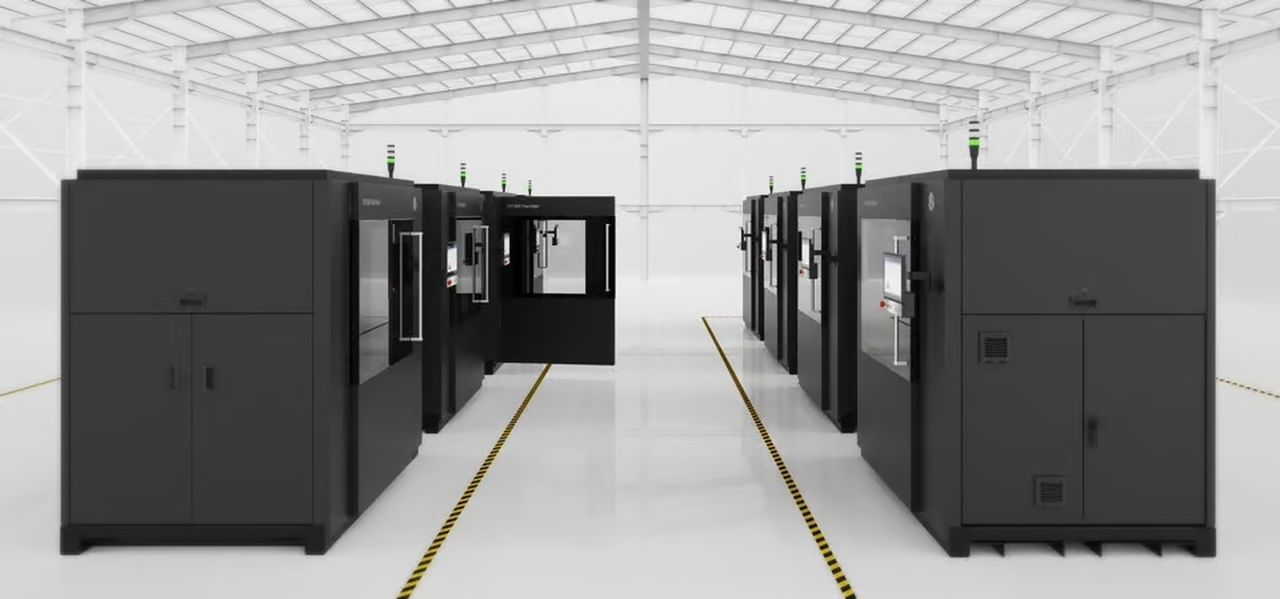
3D Systems announced a new industrial 3D printer, the EXT 800 Titan Pellet.
As you might guess from the machine’s name, this is a pellet-fueled 3D printer, and is based on the familiar Titan technology 3D Systems acquired several years ago.
The company already has two other Titan models on the product shelf, the EXT 1070 Titan Pellet and EXT 1270 Titan Pellet. These are both quite a bit larger than the new EXT 800 Titan Pellet. Let’s compare the build volumes:
- EXT 800 Titan Pellet: 800 x 600 x 800 mm (0.384 m3)
- EXT 1070 Titan Pellet: 1070 x 1070 x 1118 mm (1.28 m3)
- EXT 1270 Titan Pellet: 1270 x 1270 x 1829 mm (2.95 m3)
While the 800 is the smallest of the bunch, it is by no means small. Its build volume stands with several other large format extrusion devices.
Why provide a machine with a smaller build volume? The reason is that 3D Systems wants to make the Titan technology more accessible to more companies.
A key part of the technology is the pellet material capability, which can reduce the material cost by up to 10X. That can be quite substantial in savings, as this machine is intended for large volume 3D prints.
In addition, pellets are available in a huge variety of possible materials. Remember that filaments are made FROM pellets, so there will always be more pellets to choose from than filaments. And pellets are a lot less expensive by volume.
This choice is complemented by the 800’s actively heated build chamber and heated print plate mean the device is fully capable of printing challenging engineering materials such as nylon, ABS, TPE and even high temperature materials like PEI and PEKK.
The 800 is equipped with the same high performance motion and extrusion systems found on its larger siblings. This means it can also achieve print speeds up to 10X faster than similarly-sized filament-based systems. That’s also important for large prints that otherwise could take a considerably long time to complete.
The speed is aided by the nozzle diameters, which can range from 0.6-9.0mm. The 9.0mm nozzle would produce somewhat coarse surfaces, but certainly at very high speeds.
How fast is this 3D printer, really? The 500mm/s extrusion system is apparently capable of delivering up to 13.6kg of material per hour. That’s the equivalent of printing a 1kg spool of filament every 4.5 minutes!
The only major feature missing from the 800 seems to be a second extruder, which could be used for support material. Alas, the 800 is a single extruder machine. But a very large and fast one.
Finally, the EXT 800 Titan Pellet is designed as a production machine. That means that it is expected to run continuously for long periods, executing job after job. It’s suitable for producing end-use parts in low volumes — and large parts at that.
Via 3D Systems
